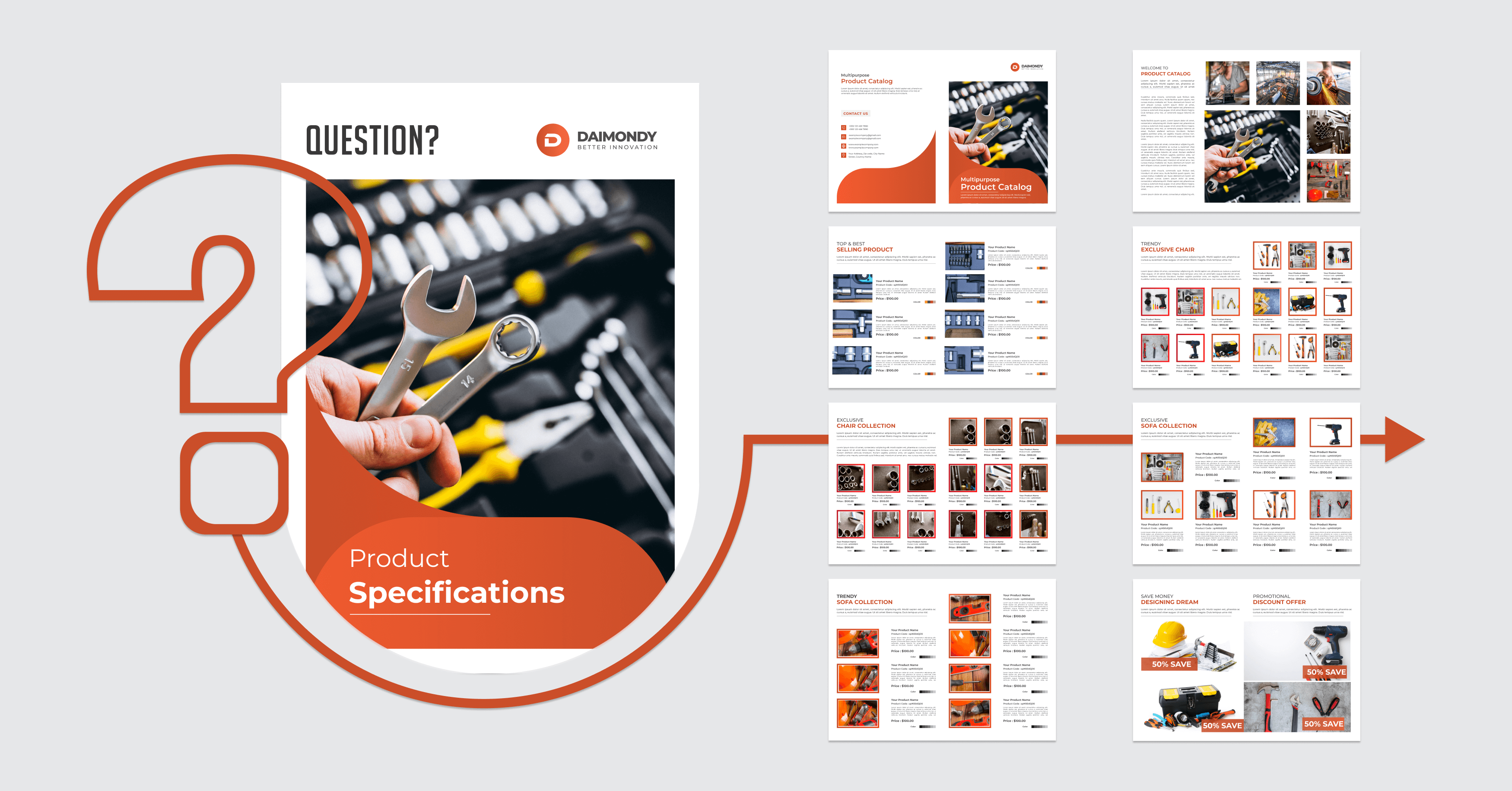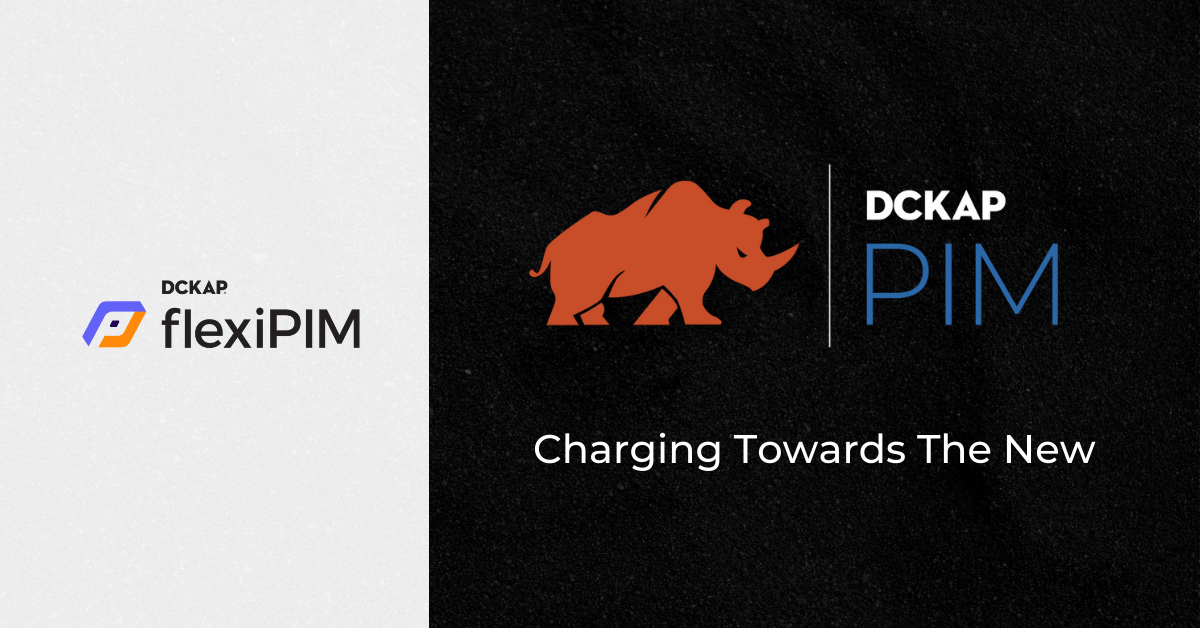Are you planning to invest in a PIM technology but unsure about the ROI? Well, then you are in the right place! Here’s your guide to calculate your PIM ROI.
Integrating a PIM system into your eCommerce platform brings a centralized data repository to organize, collect and distribute product information: : which is increasingly indispensable in a competitive data-driven world. According to the Zion market research, the global product information market is expected to generate around USD 61,263 million by 2027. However, every vendor or stakeholder wants to know how implementing PIM improves the Return on Investment (ROI) before they make an investment decision.
Well, to know the role of PIM solutions in driving ROI, hypothetically assume an eCommerce platform without a proper PIM system, and let’s figure out the disruptions you are most likely to encounter while staging your products for sale:
Unraveling the Challenges in a PIM-Less eCommerce
Managing product data has always been a difficult task for vendors. Without a proper product information system, your business may:
- Fail in synchronizing the product data in accordance with customer behavior and search preferences.
- Generate unprecedented risks and increase customer bouncing rate
- Consume time and money in managing data sheets and fixing manual errors
- Face disruption in conforming to the requirements of multiple channels
- Find it difficult to syndicate data-rich descriptions that meet the demands of customers
In short, PIM-less eCommerce is expensive and difficult to manage. Customers look for a frictionless path to buy products, and an organized product catalog to amplify the customer retention rate. In a way, stabilizing the customer experience is the key to drive measurable ROI into your business.
A Glimpse on the ROI Trends: Understanding Qualitative & Quantitative PIM ROI
 Return on investment is the Key Performance Indicator (KPI) to determine the profitability of a business. The advancement in multi-channel marketing platforms is facilitating eCommerce ample opportunity to expand the brand reach and drive ROI faster.
Return on investment is the Key Performance Indicator (KPI) to determine the profitability of a business. The advancement in multi-channel marketing platforms is facilitating eCommerce ample opportunity to expand the brand reach and drive ROI faster.
All we need is a robust PIM system to generate value and engage customers. Defining your value proposition through innovative PIM solutions is the key to leverage qualitative & quantitative ROI.
What is Qualitative PIM ROI?
Qualitative PIM ROI is the measure of benefits PIM brings to your business. Though it is difficult to quantify the qualitative ROI of PIM, it helps eCommerce businesses to:
- Strengthen business decisions
- Analyze productivity and boost employee retention
- Measure customer experience
- Identify pain points and design solutions
Let’s go through some of the stellar qualitative ROI benefits you will achieve through integrating PIM into your eCommerce platform:
Exploring Qualitative PIM ROI Benefits
1. PIM System Amplifies Customer Experience and In Turn Influences Purchase Decisions
Unique and accurate information helps customers to make the right purchase decision. According to the statistics, 92% of customers would completely abandon a company after two or three negative interactions. The centralized storage in the PIM ensures brand consistency across multiple channels, giving customers ample choices to complete order placement from any preferred device or platform.
2. Integrating PIM Boosts Data Quality & Accuracy & Consistency
Managing millions of Stock Keeping Units (SKUs), their attributes and descriptions can get you in trouble at times, impacting the data visibility and data quality. Product data is a key facet that determines your eCommerce success. PIM helps you organize and distribute accurate and real-time data in multiple languages by ensuring faster market reach.
 3. PIM Enhance Employee Morale and Efficiency
3. PIM Enhance Employee Morale and Efficiency
Well, it’s time to ponder, is employee experiences as important as customer experience? Of course, the customer is the king! But keeping your employees spirited and encouraged helps your business deliver impeccable customer services. PIM is a powerful tool that gives your team confidence and efficiency to organize data and distribute them without any manual errors.
What is Quantitative PIM ROI?
Quantitative PIM ROI is the calculation of net worth eCommerce business achieves from investing in the PIM. Unlike qualitative ROI, quantitative ROI data can be accurately measured. Moreover, gains and investment losses can be easily tracked down to fuel improvement.
Here are some top-notch quantitative PIM ROI benefits you must know to confirm your investment decision:
Exploring Quantitative PIM ROI Benefits
1. PIM Provides More Time to Sell Your Products
The faster you launch your products, the quicker you get the result. 25% of total revenue relies upon product launches. But research by the Product development institute states 79% of new products fail to stamp a market appearance on time.
The common challenges in launching products on time are inefficiencies in managing data, curating relevant content, and handling digital assets. Utilizing the PIM tool is the ultimate solution to eliminate delays in the product launch and step ahead of competitors.

Order tracking program, convenient service. Shopping list, basket content, purchase package. Mobile software, smartphone application. Vector isolated concept metaphor illustration.
2. Decreases Bounce Rate & Improves Customer Retention
Increasing bounce rate ultimately affects your ROI. If your website bounce rate exceeds 55%, then you are missing the big data to keep your customers hooked.
Customers always want to see what they are looking for at a glance. Your product list and catalogs are the only ways for customers to engage with your brand. Fragmented product information kills your product catalog value even after having high-quality products. Increased data visibility and accessibility in PIM helps eCommerce vendors craft compelling product stories that create an impact.
3. Accelerates Conversion Rate
Incomplete product information and inconsistency in distributing content across channels lead to missed sales opportunities and draining ROI. PIM enabled the eCommerce platform to influence customers’ purchase decisions by curating product categories that match customers’ unique searches.
How to Calculate ROI on Your PIM Investment?
Now, let’s get into the crucial part. For calculating the ROI of PIM, every business needs to create a Key Performance Indicator (KPI) checklist by analyzing the business requirements.
Recommended Reading: 25 Essential eCommerce KPIs You Should Know
When it comes to PIM, sales growth and cost reduction are two key metrics you must track to measure the ROI. Let’s have a quick look at these KPI’s to figure out the operational efficiency of PIM systems in managing your costs and ameliorating growth.
KPI Checklist for Calculating Cost Savings
1. Number of returns
Return rate measure is the highest metric to evaluate how your business model and acquisition impacts customer retention rate. If you fail to calculate the product return rate, you will definitely miss out on the total revenue equation. A meticulous check on product return rates helps you understand issues with your product quality, the efficiency of your return policy, and customer engagement with your online store.
2. Data Accuracy & Completeness
Data quality influences qualitative and quantitative PIM ROI. It improves employee morale and ensures risk reduction at the qualitative level. And it facilitates an increase in sales and cost reduction at the quantitative level.
 3. Product Search Appearances
3. Product Search Appearances
PIM generates ROI by helping customers find your product at the right time through advanced search custom attributes. Matching the product details with the customers’ unique search preferences is crucial to driving visitors and engagement.
4. Catalog Production Cost
Compelling digital catalogs influence visitors to become customers. PIM-supported customizable eCommerce catalogs are affordable and can be distributed and exported across channels and eCommerce platforms free of cost.
Read more: Product Catalog: The Gateway to eCommerce Success
5. Localization Cost
PIM modifies product content and visual creatives according to the market requirements. In a nutshell, it ensures faster access to the market and penetration to local and global zones. Also, PIM guarantees global scalability by cutting down expenses on distribution and translation through centralized operations.
KPI Checklist for Calculating Sales Growth
1. Total Number of Sales
Total turnover or goal acquisition is a key metric to measure PIM ROI. It determines the progress of your sales and the total number of inventories sold within a period.
2. Conversion Rate
To know the PIM ROI, it’s not just enough to calculate the total sales, but knowing the conversion rate in each stage of your campaign is also a metric to track down the ROI on PIM.
3. New Customers Through Multi-Channels
PIM ensures continuous and consistent data flow across all channels helping businesses expand their customer base. The seamless integration to different channels and faster data flow bring new potential customers and increase total growth.
4. Access-to-Market
Timely access to the market is another KPI that fuels the PIM ROI. Organized data and integration with multiple channels improve the global scalability of the products, thus decreasing the data integration time. The PIM system offers users bulk data import & export facilities and multiple language systems, helping vendors expand the catalog and launch new products at the right time without leaving competitors space to outshine.

Store staff check the number of products that must be delivered to customers during the day.
Calculate PIM ROI: Influence Investment Decision
Time and money are precious. Make Sure you invest in the right Technology.
A Product Information management system can directly affect your business model. Drive more qualitative and quantitative ROI by investing in a top-hole PIM technology. The right decision at the right time is the key to success. DCKAP PIM, our product information management solution, is a great option for B2B eCommerce businesses seeking to boost sales, productivity, and revenue.
Contents




